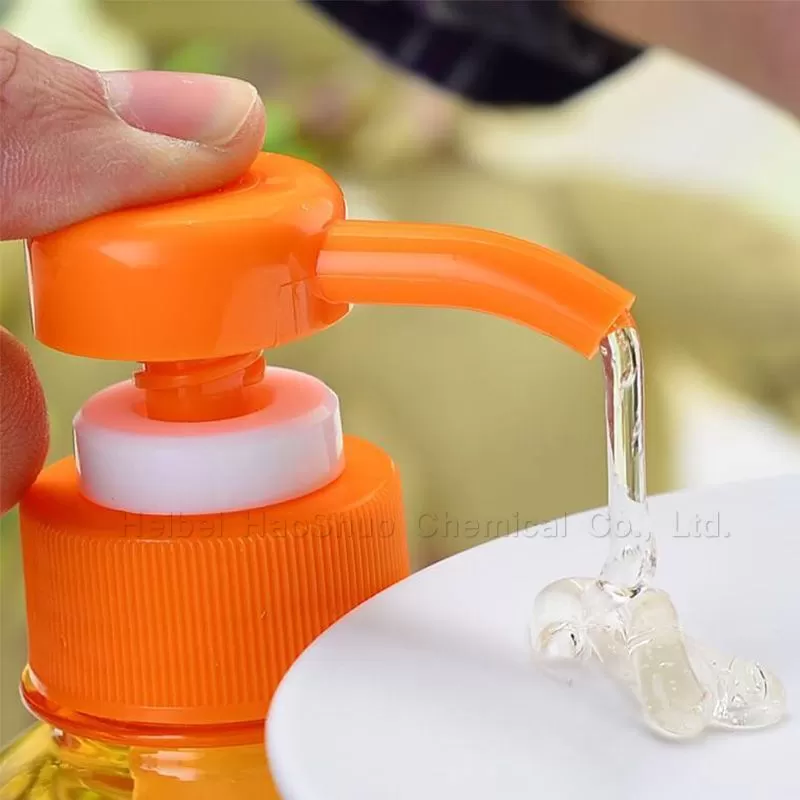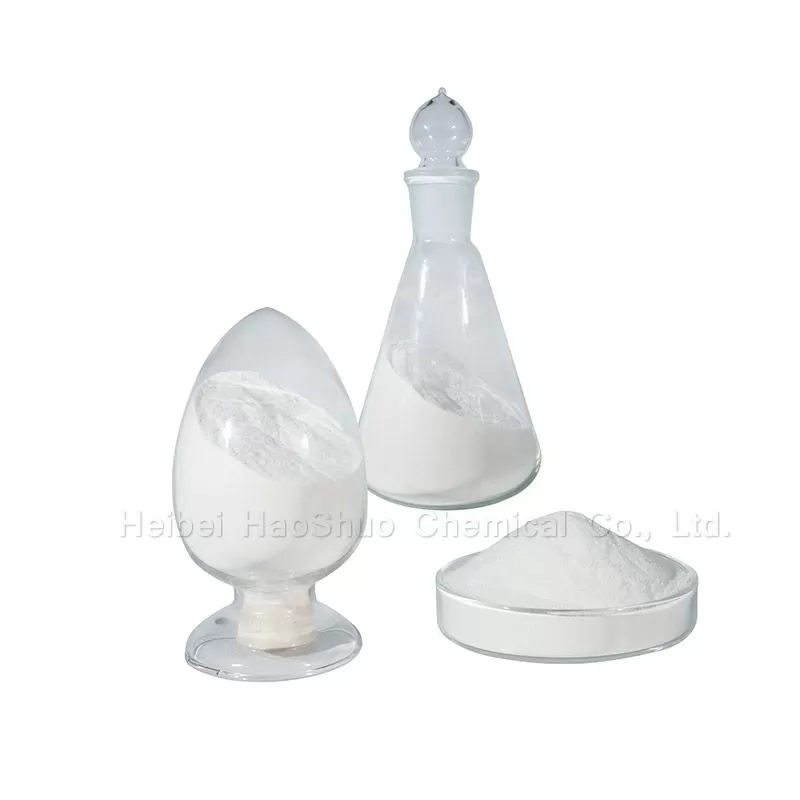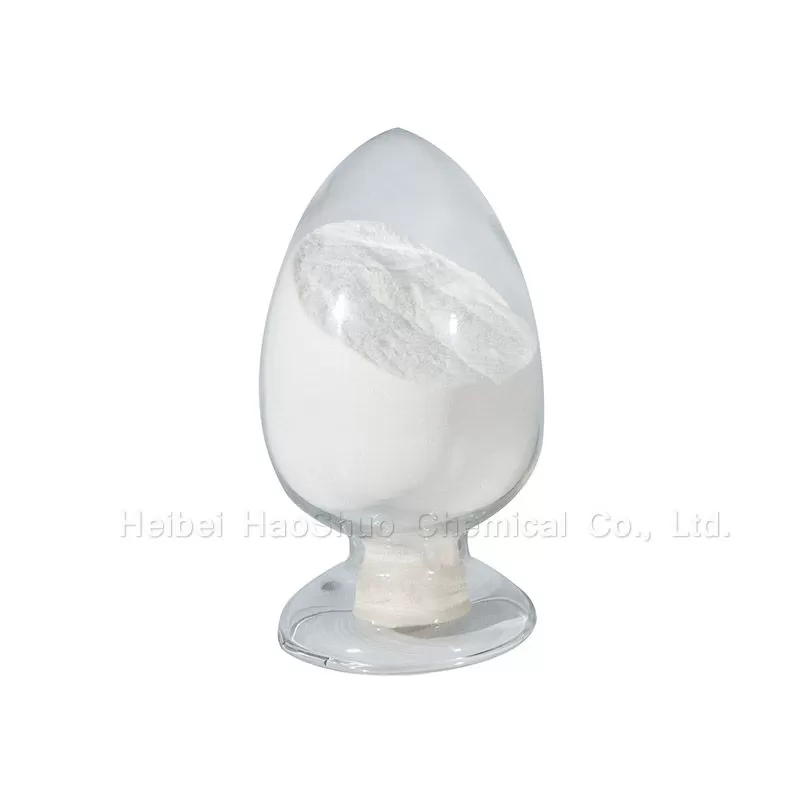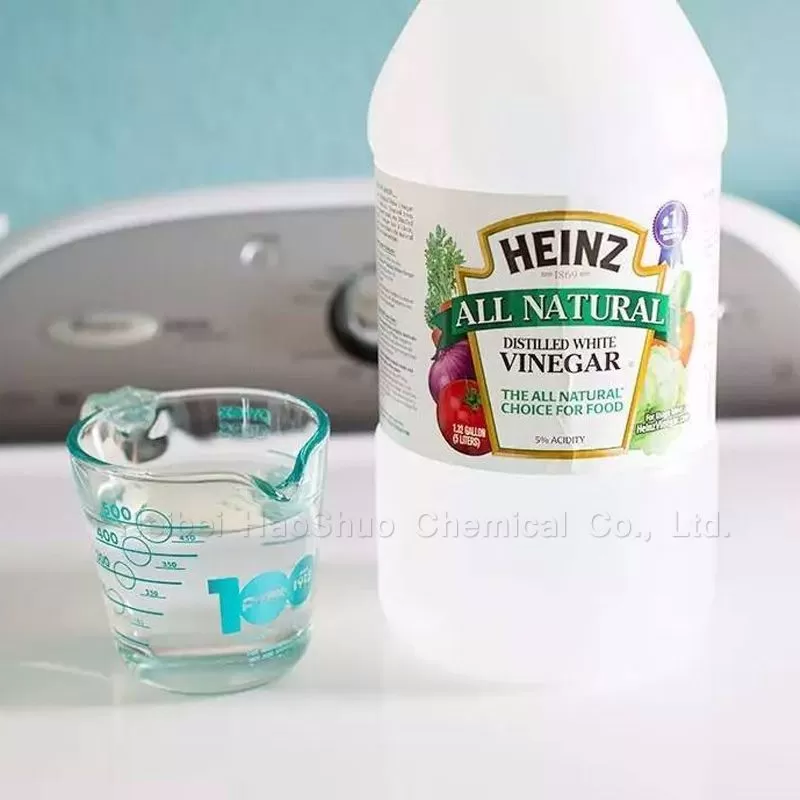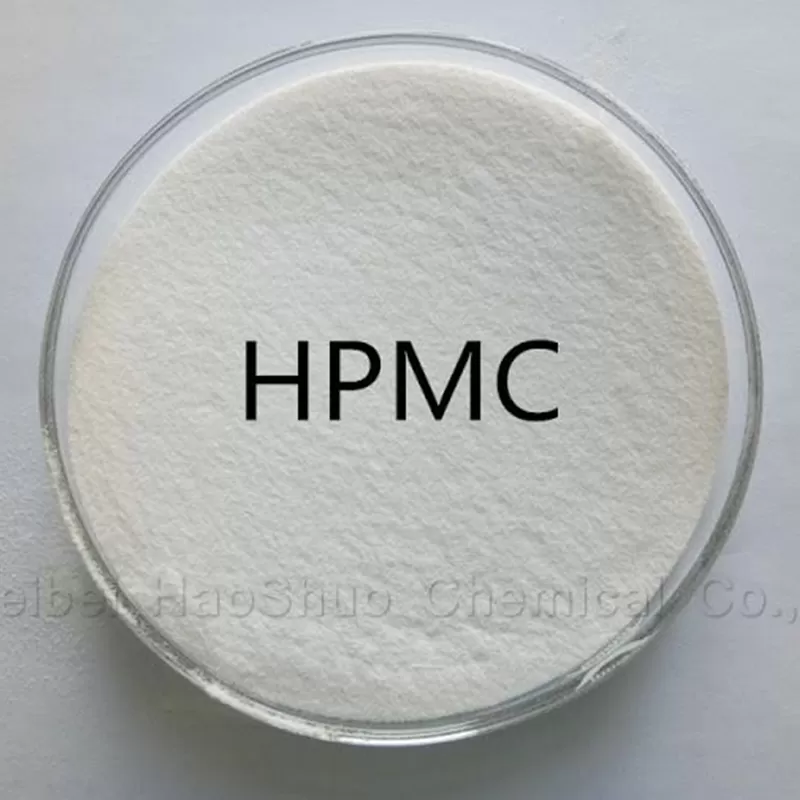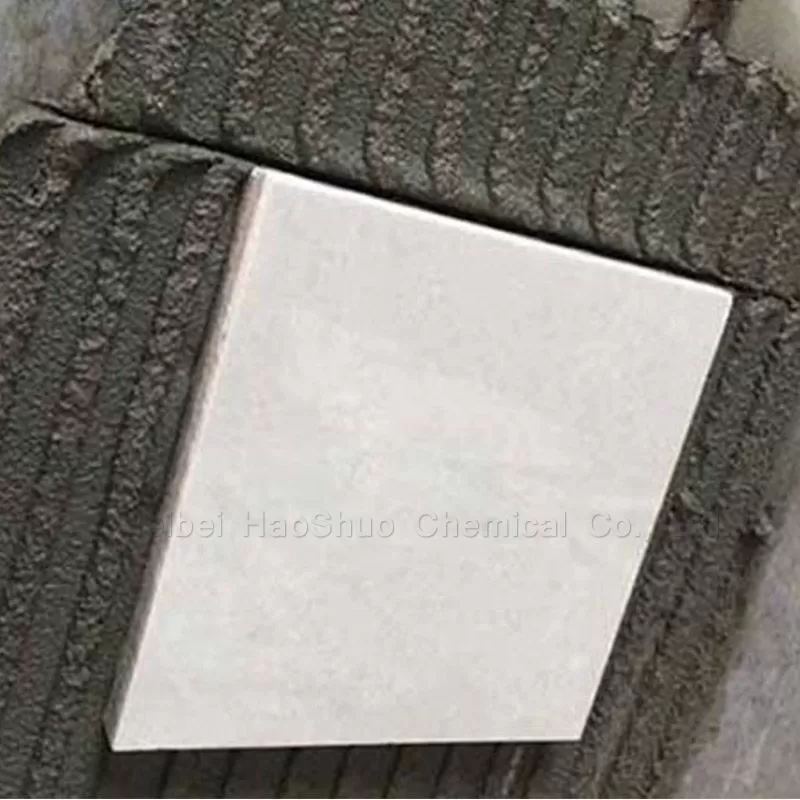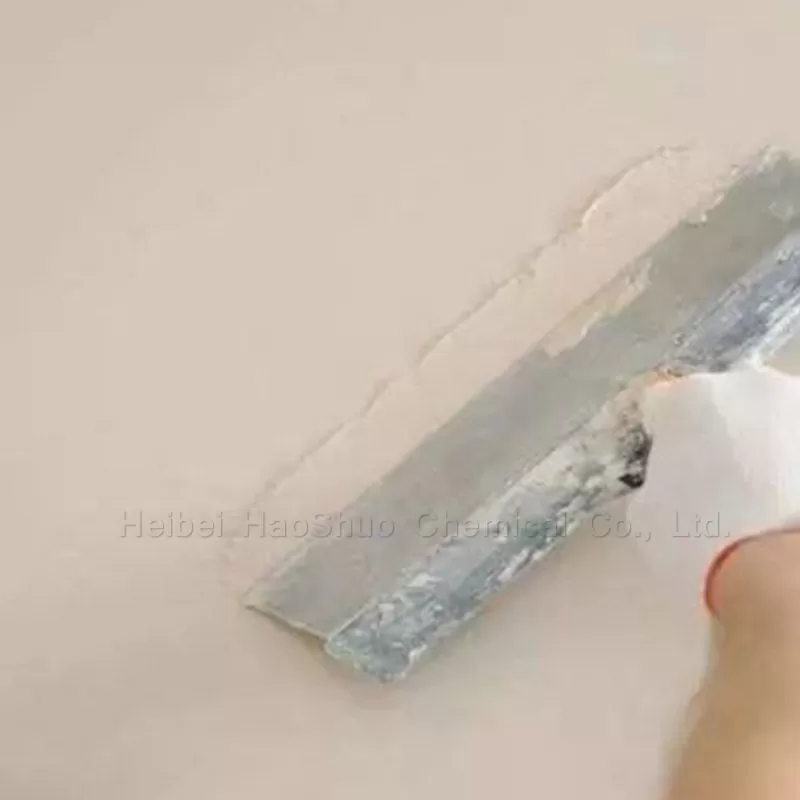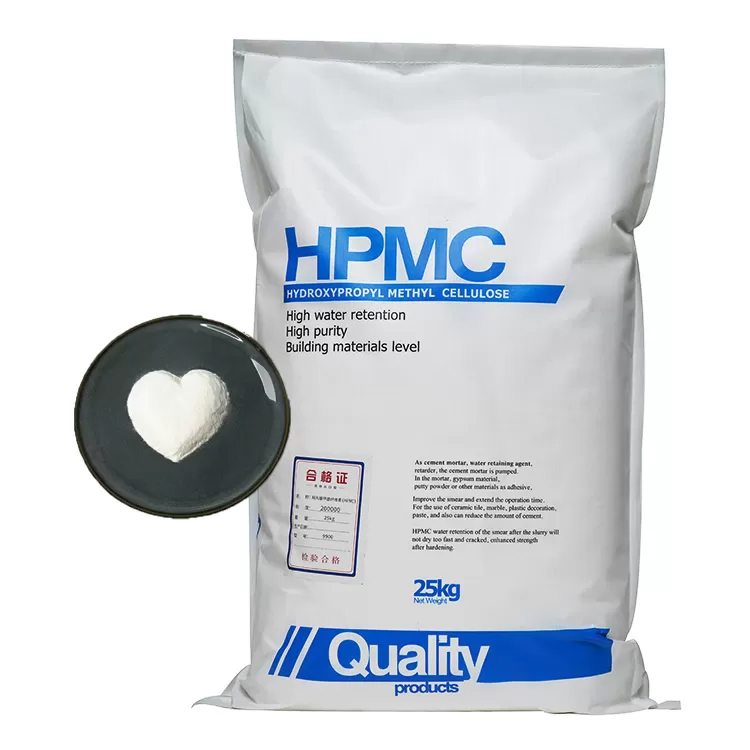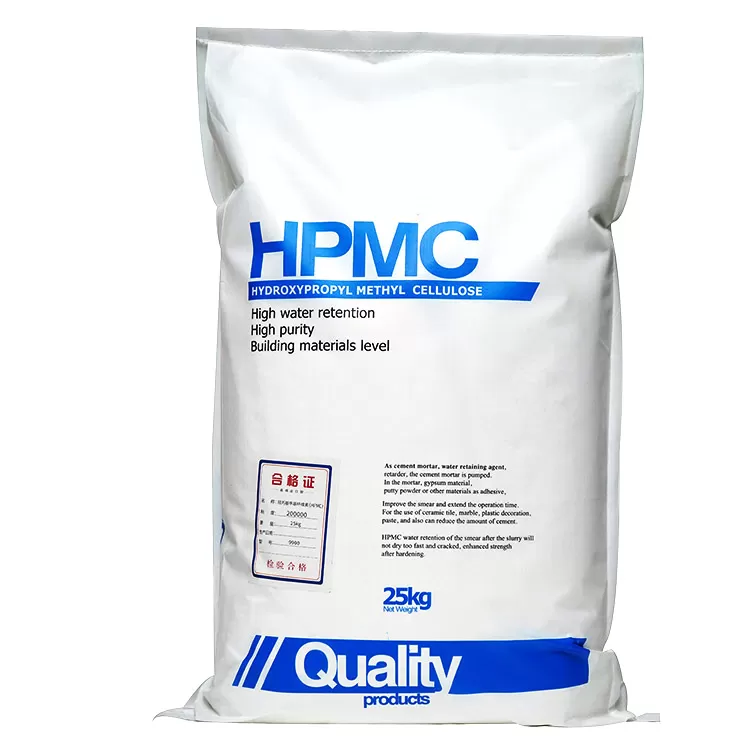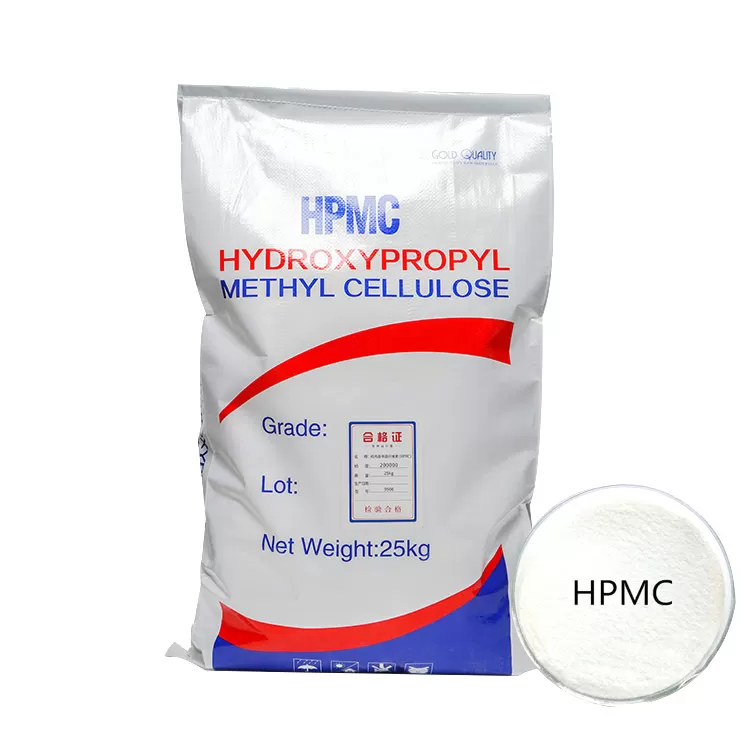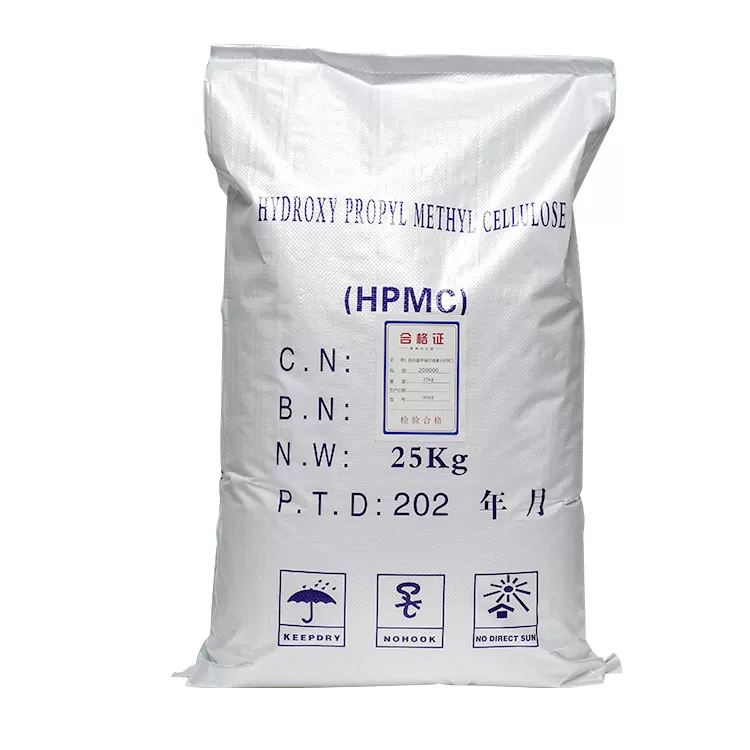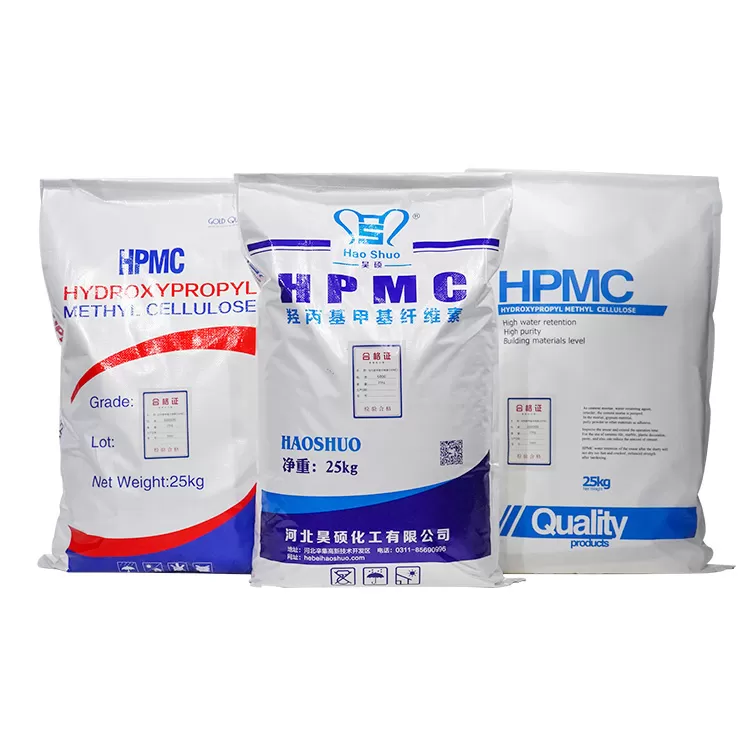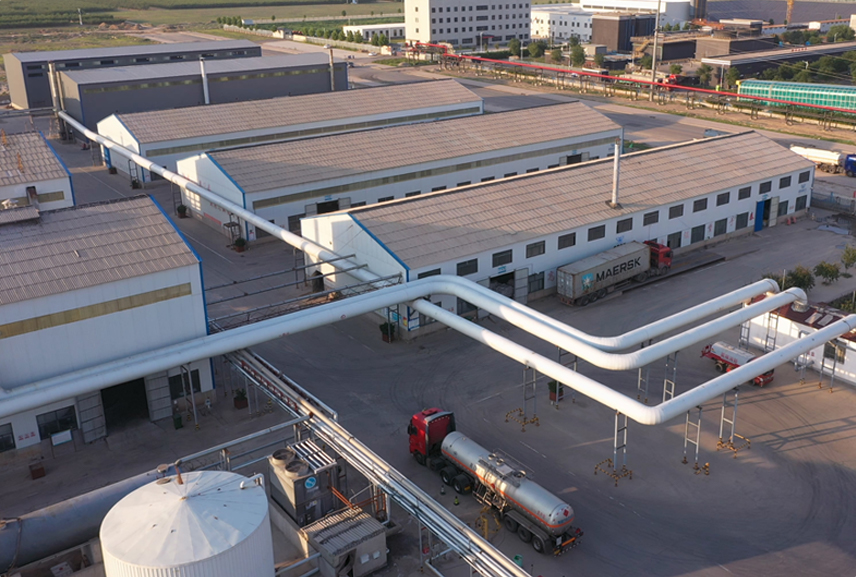Detergent grade HPMC performance:
Daily chemical grade HPMC is a white or slightly yellow powder, and it is odorless, tasteless and non-toxic. It can dissolve in cold water and organic solvents to form a transparent viscous solution. The water liquid has surface activity, high transparency, and strong stability, and its dissolution in water is not affected by pH. HPMC uses in detergent, shampoos, shower gels have thickening and anti-freezing effects, which has water retention and good film-forming properties for hair and skin.
Features of HaoShuo Chemical HPMC
1. Good dispersion in cool water. Through excellent and uniform surface treatment, hpmc for detergent can be quickly dispersed in cool water to avoid agglomeration and uneven dissolution, and obtain a uniform solution finally;
2. Good thickening effect. The required consistency of the solution can be obtained by adding a small amount. Daily chemical HPMC is effective for systems in which other thickeners are difficult to thicken;
3. Safety. Safe and non-toxic, physiologically harmless, hpmc chemical can not be absorbed by the body;
4. Good compatibility and system stability. Hydroxypropyl methylcellulose shampoo is a non-ionic material that works well with other auxiliaries and doesn't react with ionic additives to keep the system stable;
5. Good emulsification and foam stability. HPMC for detergent has high surface activity and can provide the solution with good emulsification effect. At the same time, it can keep the bubble stable in the solution and and give the solution a good application property;
6. High light transmittance. The cellulose ether is specially optimized from the raw material to the production process, and has excellent transmittance to obtain a transparent and clear solution.

Technology of daily chemical grade cellulose HPMC:
The viscosity of hydroxypropyl methyl fiber suitable for the daily chemical industry is mainly 100,000, 150,000, and 200,000. The amount of addition in the product is generally 0.3%-0.5% according to your own formula.
Packaging and Storage
Packaging and storage: 25 kg/bag
Note: The product is packaged in polypropylene woven bags, each with a net weight of 25kg. When storing, place in a ventilated and dry place indoors, pay attention to moisture. Pay attention to rain and sun protection during transportation.
Quantity/20GP: 12 tons with pallets, 14 tons without pallets.
Quantity/40HQ: 24 tons with pallets, 28 tons without pallets.
You may also want to know:
The Role of HEC Thickener in Detergent and Shampoo: A Comprehensive Overview
What Are the Main Ingredients of Shampoo?
Questions about You Should Know about HPMC









